If you want to set up a longboard, fix new trucks on the deck or carry out any form of replacement, you will need to know how to install trucks on the skateboard. The question is; how can you specify if the truck you intend using is compactable with the deck? And how can you go about the process of replacement?
Trucks and longboard manufacturers mount holes using two standard techniques. This is known as the new school and old school pattern. It is important to ensure that the truck and deck have similar mount patterns. Although there are decks that are designed to have two to three patterns, this allows you to decide the distance in which you want to have them fixed. Replacing the longboard trucks on the deck can affect the wheelbase, and when the wheelbase is affected, it has a great influence on your turn and stability when in motion. You can flip an RKP truck if you intend to ride with less speed and more stability.
How to Put Trucks On a Longboard?
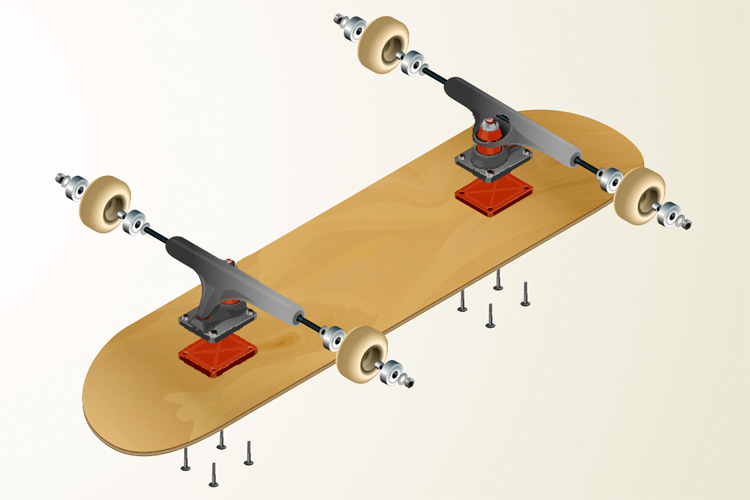
There are several ways in which a truck can be placed on a deck. It is also important to note that some trucks are not compatible with every size of decks. Although there are times, where you will be required to drill holes to get your desired result.
Mount Hole Patterns for Truck Placement
Skateboard and longboard manufacture tend to use one of two holes, this could be standard or combined, which is also known as:
Old School pattern:
Along the deck, the holes are drilled with a space of 2.5 inches and 1.625 inches within the width. This pattern of drilling was adopted by skateboard and longboard manufacturers within the late 60’s and early 70’s.
New School pattern:
This time, the holes are spaced between 2.125 inches in length with a width of 1.625 inches. It involves the use of the same spacing, within the axis of the width. This pattern of longboard truck mounting dimensions became popular in the late 80’s.
Today there are longboard decks that are designed with the old school pattern, and this can often restrict you to using out of date trucks. Most longboards are designed with the new school standard, although there are many with more holes like 7 – 8 that are used to allow adjustment of the wheelbase and to match patterns.
Most traditional skateboards are drill open with the use of New School patterns. Similar to most street trucks (SKP trucks, Stand Kingpin) that are designed to use the New School installation technique.
For instance, the Mini Logo truck is designed to have one set of holes (New School). On the other hand, trucks that are independent like 159 and 169 are drilled twice for both new and old school. Most gullwing trucks have double holes too.
Truck Placement and Wheelbase
If you have a deck that uses both New School and Old School holes’ standards, that is the deck has up to 6 -8 holes pattern. The nature of the truck placement will determine the type of wheelbase, i.e. the distance that exists between both trucks.
The wheelbase is one of the significant factors that have a great influence on how the longboard moves. The size of a longboard is indicated along the width and length as part of an instruction guide.
Your flex can be affected when adjustment is regularly done from one hole to another. When you use a short wheelbase, you gain more turns as you decrease the turn radius. Reducing the size of the wheelbase can also influence the flex on your board.
It all depends on the shape and size of the deck, when you move your trucks inward you stand the chance of increasing the rate of wheel bite simply by bearing your wheels to the direction in which the longboard deck is wider, this will help increase the rate of contact that exists between each truck.
On the other hand, when the trucks are placed further apart, for instance when the wheelbase is lengthened, it creates more stability and more turns, but in some cases, this can cause the flex to increase and on the long run, leading to wheel bites any time the deck experience a bounce or friction.
Longboard Truck Placement and Truck Style
Why are the trucks of a longboard backward when compared to other skateboard trucks? Skateboards are designed with SKP (Standard Kingpin) trucks, which are put in place to allow the bushings and the kingpins that are located on both trucks to face the same direction. Let’s shed some light on longboard truck directions.
On the other hand, a lot of longboards, especially larger skateboard are designed with RKP (Reverse Kingpin) truck. This time, the kingpin is placed in an opposing direction to that of the axle, so it points the other direction, unlike SKP. As to this effect, the trucks are designed to face different direction i.e. they are positioned to face both inward and outward directions.
Normally, most SKP trucks are lower than RKP. This factor makes most RKP more responsive than SKP trucks. Although you can choose to flip the RKP trucks and make each of the trucks face the same direction as the SKP trucks. This will result in a stable and lower truck since the center of gravity on the board is been lowered.
Therefore, flipping the trucks, which is only applicable to RKP trucks, can be a considerable option, when turning the side of the longboard.
What to Do If Trucks and Deck Holes Don’t Match?
Imagine ordering new trucks and realizing that the pattern created to mount the truck doesn’t match with that of your deck. Or maybe you’re using a new deck to fit an old truck and it has just one set of holes. This means that the holes created for mounting the trucks are limited when compared to that of the deck.
A simple solution you can use to drill holes on the surface of your deck or truck will be possible if the baseplate has enough space. You don’t need a drilling template, all you need is to fix two bolts to get through the previous holes and drill using the other two as a guide.
Longboard Truck Size and Placement
What size of a longboard should you go with? It all depends directly on the width of your deck, ensure the size of the truck match the width of your deck.
This is important because it will help prevent your wheels from sticking out too much on either side of the deck. If you are using a truck that is wider than the deck and extremely tight; you can get your feet injured by the truck or get exposed to other dangers. That’s why you should have a proper understanding of truck sizes and know how you can tighten your longboard truck perfectly.
Longboards are designed in 150 millimeters to 180 millimeters size. When the deck is 8.5 inches or more narrow, you can go for 150-millimeter trucks.
Your wheel can get a bit closer to the deck once you change your trucks, and this can most times lead to wheel bits when turning on the board. You can add riser in-between the trucks, this will help increase the height of the deck and limit the chance of a wheel bit. For instance, you can use ¼ sized risers for 58-millimeter wheels that are meant for streets. For bigger skateboard wheels like 71 millimeters, you can also use ½ to ¾ inches sized risers to help prevent or limit wheel bite. It all depends on the shape and deck size. If the shape of the deck has a large cutout, then it prone to less wheel bite.
The Replacement of trucks on a longboard is accompanied with matchless benefits when you intend to tune your longboard and explore the feelings you desire. The shape of the deck and the style of the truck attached to it has a great influence on the pattern of the holes mounted, and this can most time affect your choice of placement. Other factors like direction, wheel clearance, and truck kingpin style have a vital role in the position of your trucks. Ensure you check out the deck and truck before switching or placing an order.

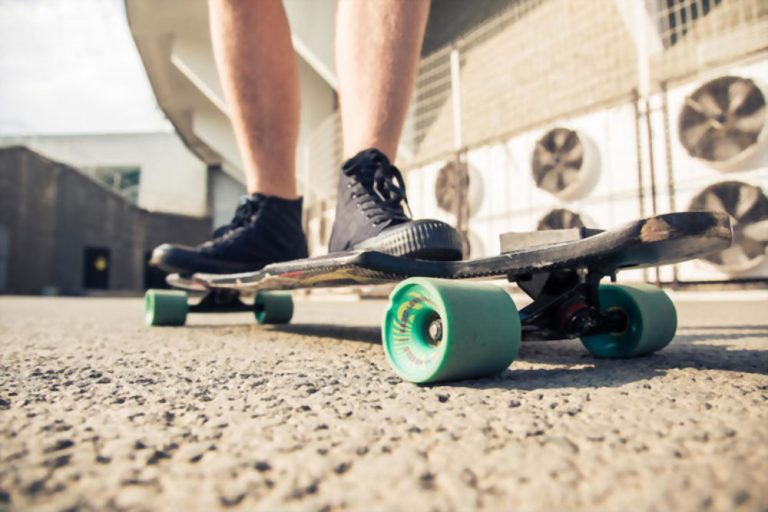
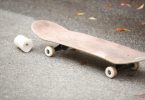
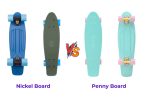
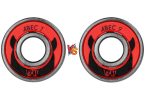
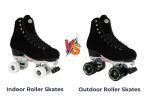
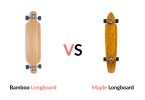
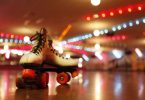

Leave a Comment